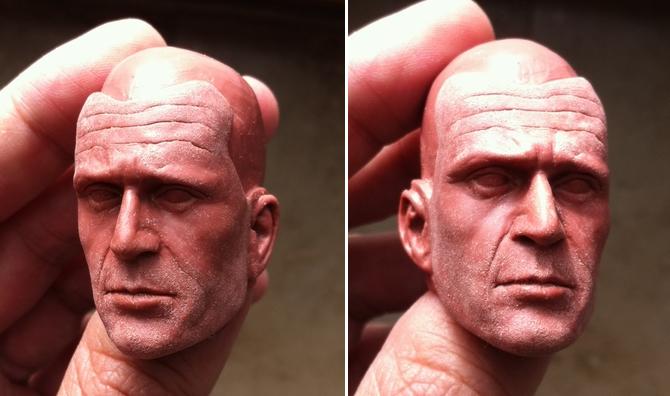DCM81
Super Freak
Right. So i've finally gotten enough courage together to attempt my own headsculpt - it's Deadpool so fortunately the only REALLY hard part I had to do were the eyes but I'm feeling pretty good how it turned out for my first try.
Anyway, there's 2 points where I'd like your guy's feeback which I need help with:
1. How do I get the final sculpt nice and smooth?
2. I used Super sculpey and it says to bake it for 15 minutes per 6mm thickness. My HS is solid sculpey though - no foil or anything inside - which would mean I'm supposed to bake it for 1 hour 52 minutes!!!
The instructions say 15-30 minutes and DON'T OVERBAKE and then the stuff about 6mm so I'm just a bit confused here...
Any and all help is much appreciated guys!
Anyway, there's 2 points where I'd like your guy's feeback which I need help with:
1. How do I get the final sculpt nice and smooth?
2. I used Super sculpey and it says to bake it for 15 minutes per 6mm thickness. My HS is solid sculpey though - no foil or anything inside - which would mean I'm supposed to bake it for 1 hour 52 minutes!!!
The instructions say 15-30 minutes and DON'T OVERBAKE and then the stuff about 6mm so I'm just a bit confused here...
Any and all help is much appreciated guys!








